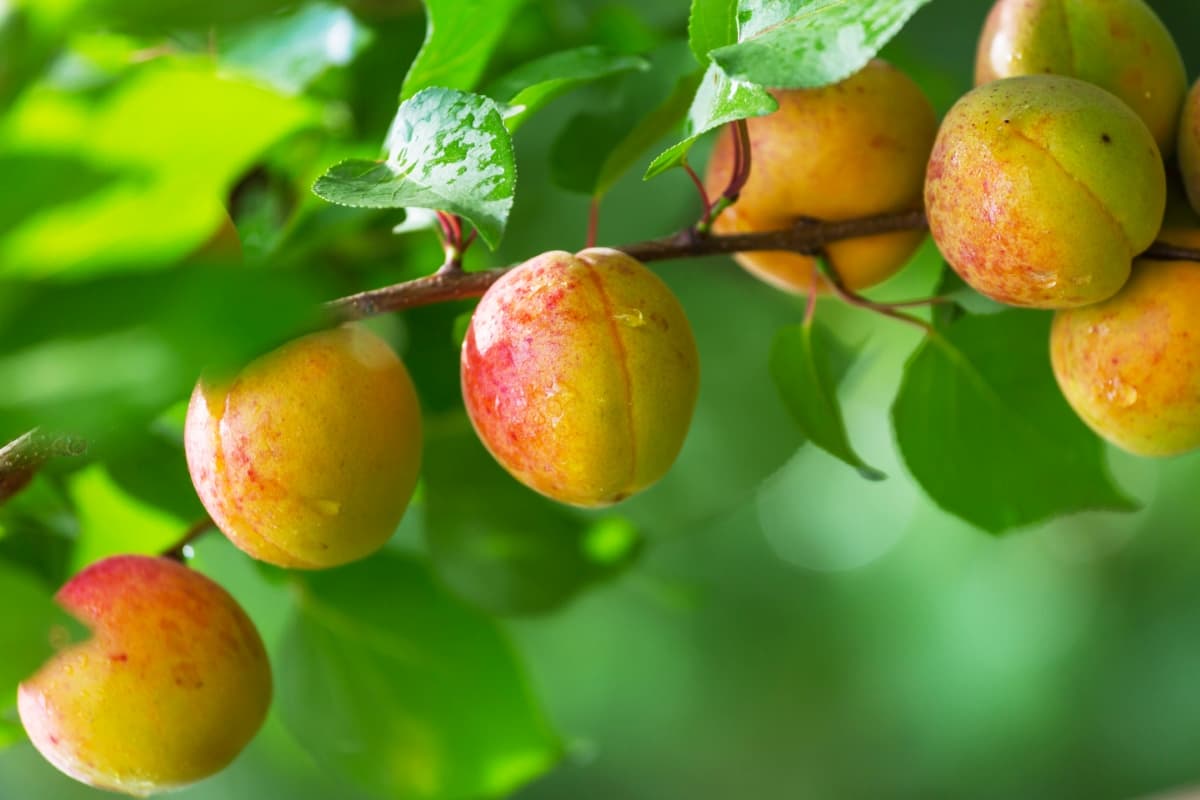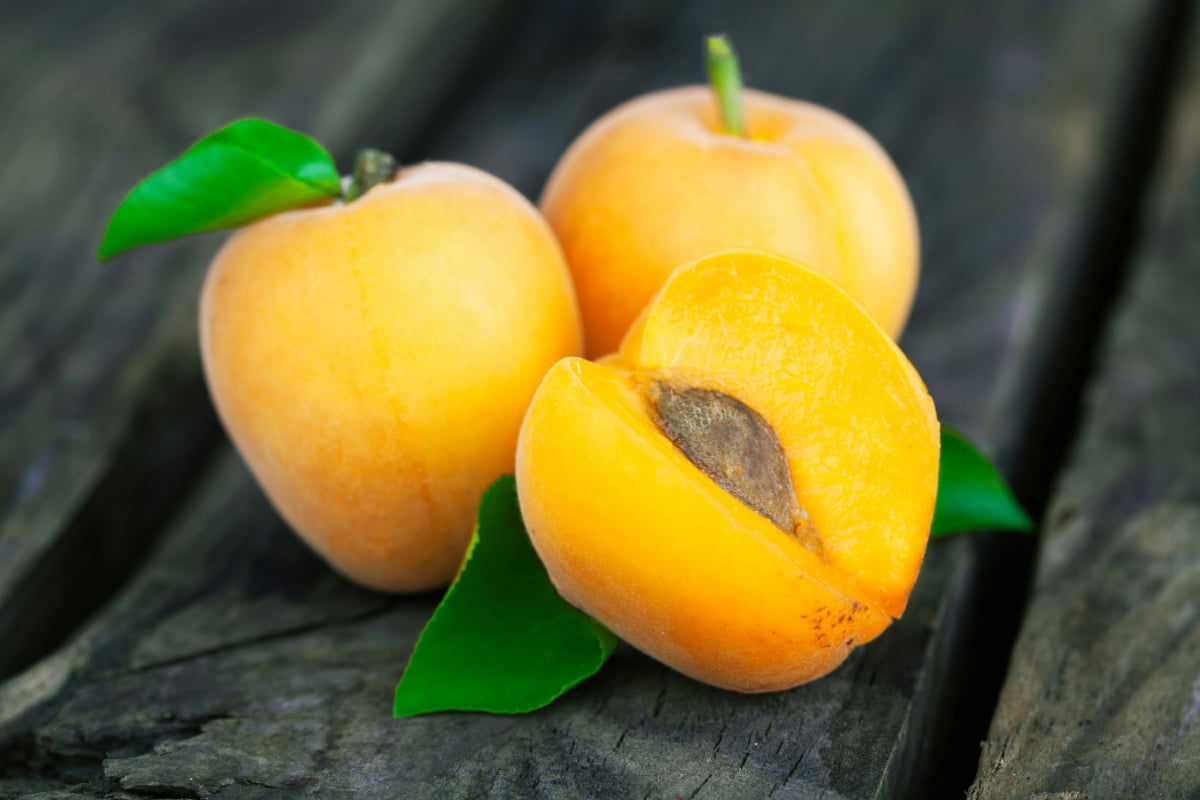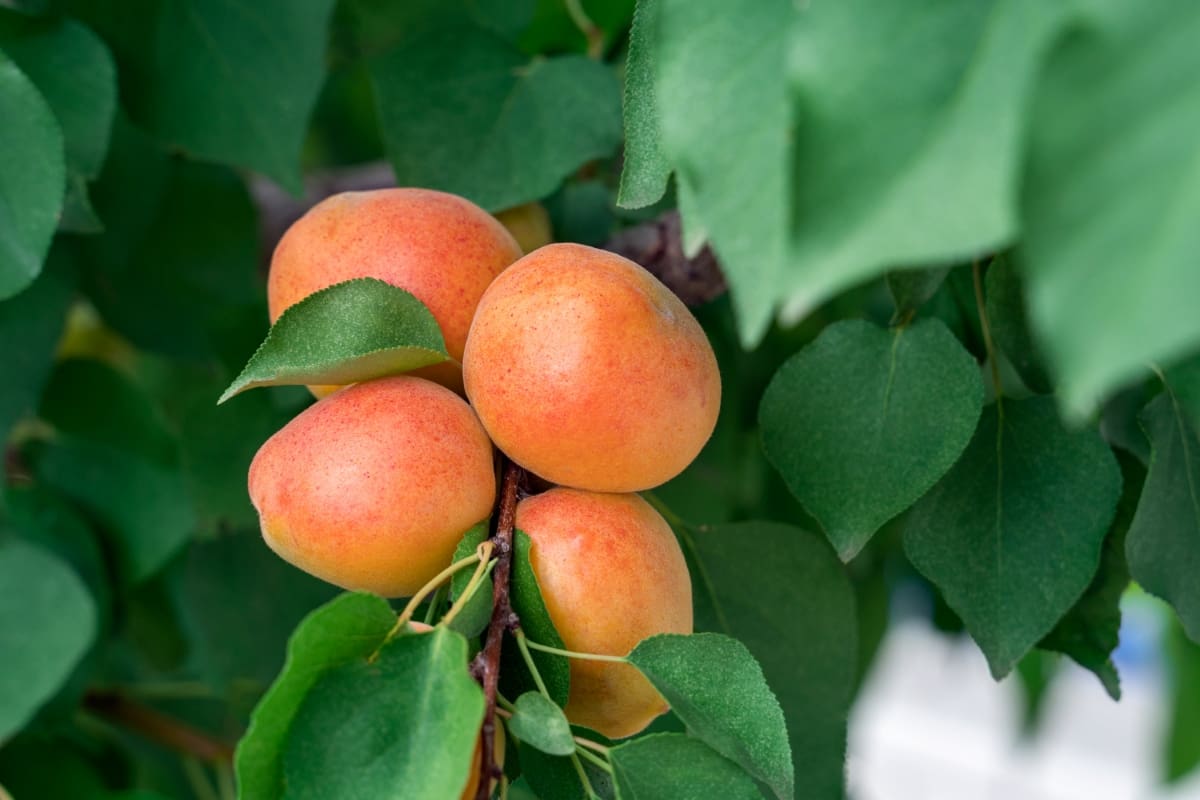Apricot farming is a delicate balance of nurturing and resource management. One of the most important resources that Apricot farmers must consider is water. Water conservation plays a crucial role in Apricot farming for several reasons. By implementing effective irrigation techniques and practicing water conservation on their farms, Apricot growers can contribute to the sustainable use of this precious resource. By conserving water through efficient irrigation methods, farmers can ensure that their trees receive just the right amount of moisture they need to thrive.

Irrigation Techniques for Apricot Farming
Apricot Water Requirements
Regarding Apricot farming, one of the key factors for success is providing the right amount of water. In general, Apricot trees require regular watering during their growing season. Providing enough moisture is important to keep the soil consistently moist but not saturated during this time. Young Apricot trees will require more frequent watering compared to mature ones. As a general guideline, established Apricot trees may need about 1-2 inches of water per week.
Traditional Irrigation Methods for Apricot Farming
Regarding Apricot farming, irrigation is vital in ensuring healthy and productive trees. Traditional irrigation methods have been used for centuries and are still widely practiced in many regions. One common traditional method is flood irrigation, where water can flow freely over the soil surface. This method can effectively provide ample moisture to the roots of Apricot trees. Another traditional method is furrowing irrigation, which involves creating small channels or furrows between tree rows and filling them with water.
While this technique can save some water compared to flood irrigation, it still suffers from similar issues, such as uneven distribution and potential loss through evaporation. A third traditional approach is sprinkler irrigation, where overhead sprinklers spray water over the orchard. This method provides good coverage but may result in significant evaporative losses if not properly managed.
There’s also manual watering using buckets or hoses. Although labor-intensive, this method allows for more precise control over the water applied directly at the base of each tree. Innovative approaches like drip irrigation systems offer a more sustainable solution by directly delivering targeted water to the root zone. By reducing evaporation losses and eliminating runoff problems associated with traditional methods, drip systems help conserve precious freshwater resources while promoting healthier Apricot trees.
Drip Irrigation for Apricot Farming: Benefits and Implementation
The benefits of using drip irrigation for Apricot farming are numerous. It provides precise and targeted watering, ensuring that each tree receives the right amount of water it needs. This helps in optimizing water usage and reducing wastage significantly. Furthermore, drip irrigation minimizes weed growth by delivering water only to the root zone of the trees, preventing unnecessary moisture in other areas where weeds could thrive.
It also reduces soil erosion caused by excessive surface runoff from traditional sprinkler systems. Implementing drip irrigation in Apricot farming may require an initial investment in setting up the system and purchasing necessary equipment such as tubes, emitters, filters, and timers.
In case you missed it: Harvesting Apricots: Optimal Timing, Techniques, and Post-Harvest Handling

However, this investment pays off in the long run due to its efficiency in conserving both water and energy. Moreover, drip irrigation can be easily automated with timers or sensors that regulate when and how much water should be delivered to each tree. This eliminates guesswork while providing flexibility for farmers who can focus on other important tasks without worrying about manual watering.
Sprinkler Irrigation for Apricot Farming: Pros and Cons
Sprinkler irrigation is a popular method used in Apricot farming due to its versatility and effectiveness. This technique involves distributing water through sprinklers positioned strategically throughout the orchard. Advantages of sprinkler irrigation in Apricot farming is its ability to cover large areas with minimal effort. The sprinklers can be adjusted to provide an even water distribution, ensuring every tree receives the necessary moisture. This helps in promoting uniform growth and fruit development.
Another benefit of sprinkler irrigation is its flexibility in terms of application timing. Farmers have control over when and how much water to apply, which allows them to adapt their watering schedule based on weather conditions and plant needs. However, there are some drawbacks associated with this method as well. Sprinkler irrigation can increase humidity levels within the orchard, which may create a favorable environment for diseases and pests. Additionally, excessive use of sprinklers can result in water wastage through evaporation or runoff.
Subsurface Irrigation for Apricot Farming: An Innovative Approach
Subsurface irrigation is an innovative approach to watering Apricot trees that has been gaining popularity among farmers. One of the main advantages of subsurface irrigation is its ability to minimize evaporation and runoff. Placing irrigation lines below the ground surface delivers water directly to the roots where it is needed most. This reduces water waste and prevents weed growth since moisture is only provided to the desired plant roots. In addition, subsurface irrigation helps prevent diseases often caused by overhead watering methods.
This technique minimizes conditions that favor fungal growth and other plant pathogens by keeping foliage dry. It promotes tree health and reduces the need for fungicides or other chemical interventions. Another benefit of subsurface irrigation is its potential for fertilization efficiency. Nutrients can be added directly into the irrigation system, transporting them directly to the root zone, where Apricot trees readily absorb them. This leads to better nutrient utilization and less fertilizer leaching into groundwater or nearby water bodies.
Micro-Irrigation Systems for Apricot Farming: Exploring Options
Micro-irrigation systems have gained significant attention recently due to their efficiency and water-saving capabilities. One popular option is the use of drip irrigation. By providing water at the root zone, drip irrigation ensures that every drop counts and reduces wastage significantly. Another alternative is micro-sprinklers, which provide small water droplets over a larger area than traditional sprinkler systems.
These sprinklers are designed to minimize evaporation and runoff while evenly distributing water across the orchard. Additionally, farmers can consider using foggers or misters as part of their micro-irrigation system. These devices release tiny droplets into the air, creating a humid environment that promotes optimal growth conditions for Apricots.
Smart Irrigation Technologies for Apricot Farming: Enhancing Efficiency
Apricot farming can greatly benefit from the implementation of smart irrigation technologies, which are designed to enhance efficiency and optimize water usage. One such technology is soil moisture sensors, which monitor the moisture content in the soil. These sensors provide real-time data that allows farmers to determine when irrigation is required. Farmers can avoid overwatering and reduce water wastage by only irrigating when necessary.
Another innovative technology is weather-based irrigation controllers. These devices use weather forecasts and historical data to adjust watering schedules accordingly. By considering factors such as rainfall, humidity levels, temperature, and evapotranspiration rates, these controllers efficiently manage irrigation cycles to prevent under or over-watering.
In case you missed it: Essential Apricot Tree Care Practices for Healthy Trees and More Yields

Furthermore, remote monitoring systems allow farmers to monitor their Apricot orchards even when they’re not physically present. With this technology, farmers can access real-time information about soil moisture levels and other crucial parameters through smartphones or computers. This enables them to make informed decisions about irrigation scheduling without being physically present on-site.
Best Practices for Irrigating Apricot Trees
Apricots thrive in well-drained soil, so overwatering should be avoided. To determine when to irrigate, you can use a simple method: check the top few inches of soil, and if it feels dry, it’s time to water. Regular monitoring is essential as the watering frequency may change depending on weather conditions and tree age.
Another best practice is to provide deep irrigation rather than shallow watering. This encourages deep root growth, making the tree more resilient during drought. Use slow-release methods or techniques like drip irrigation that deliver water directly to the roots without wasting any. Mulching around Apricot trees is another effective technique for conserving moisture.
A layer of organic mulch helps retain moisture in the soil while suppressing weed growth. It also acts as an insulator, protecting the roots from extreme temperature fluctuations. To avoid wastage through evaporation, irrigating early in the morning or late in the evening when temperatures are cooler is recommended. This allows for better absorption by the roots before excessive heat causes evaporation.
Water Conservation Strategies for Apricot Farming
Water conservation is a crucial aspect of Apricot farming, as it not only helps preserve this precious resource but also ensures the sustainability and profitability of the farm. Effective water conservation strategies can significantly reduce water wastage and optimize irrigation practices. One important strategy is to monitor soil moisture levels regularly. This can be done using sensors or manual methods such as visual inspection or probing the soil with a tool.
Farmers can avoid overwatering their Apricot trees by understanding the moisture content and preventing unnecessary water loss through runoff. Another strategy is mulching. Applying organic mulch around the base of Apricot trees helps retain soil moisture by reducing evaporation and preventing weed growth that competes for water resources. Mulching also improves soil structure and fertility over time.
Timing irrigation properly is vital for conserving water in Apricot farming. Watering during cooler parts of the day, such as early morning or late evening, reduces evaporation rates and allows plants to absorb more efficiently. Adopting technologies like drip irrigation can greatly enhance Water Conservation in Apricot Farming by delivering precise amounts of water directly to plant roots while minimizing losses due to evaporation or surface runoff.
Frequently Asked Questions (FAQ) on Irrigation Techniques for Apricot Farming
What is the Best Irrigation Method for Apricot Farming?
Each irrigation method has advantages and disadvantages, but drip irrigation is often considered the most efficient irrigation method for Apricot farming. It delivers water directly to the roots, minimizing evaporation and reducing water waste.
How Often Should I Irrigate My Apricot Trees?
The irrigation frequency depends on soil type, weather conditions, and tree age. Generally, young Apricot trees require more frequent watering to establish their root systems, while mature trees may need less watering once established.
In case you missed it: Apricot Tree Fertilizer Requirements: Recommendation, How and When to Apply

Conclusion
Water plays a key role in the growth and development of Apricot trees, making irrigation an essential aspect of Apricot farming. Efficient irrigation methods are vital for sustainable Apricot farming. By adopting appropriate techniques, following best practices for water conservation, avoiding common mistakes, and learning from successful case studies, Apricot farmers can enhance their crop production while promoting long-term sustainability.
- Feed Your Flock for Less: Top 10 Tips to Save on Chicken Feed
- Ultimate Guide to Ossabaw Island Hog: Breeding, Raising, Diet, and Care
- Hatching Answers: The Top 10 Reasons Your Chickens Aren’t Laying Eggs
- Eggs and Economics: Breaking Down the Cost of Raising Backyard Chickens
- Defend Your Greens: Proven Methods to Keep Iguanas Out of Your Garden
- Ultimate Guide to Cinnamon Queen Chicken: A Comprehensive Guide for Beginners
- Ultimate Guide to California Tan Chicken: Breeding, Raising, Diet, Egg-Production and Care
- Ultimate Guide to Marsh Daisy Chicken: Breeding, Raising, Diet, and Care
- 10 Types of Chicken Farming Businesses You Can Start for Profits